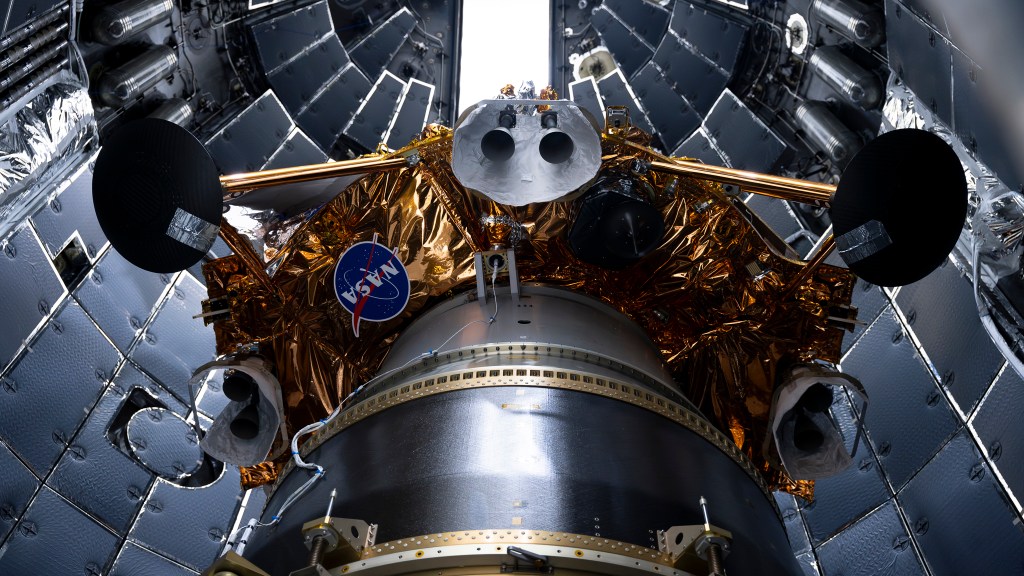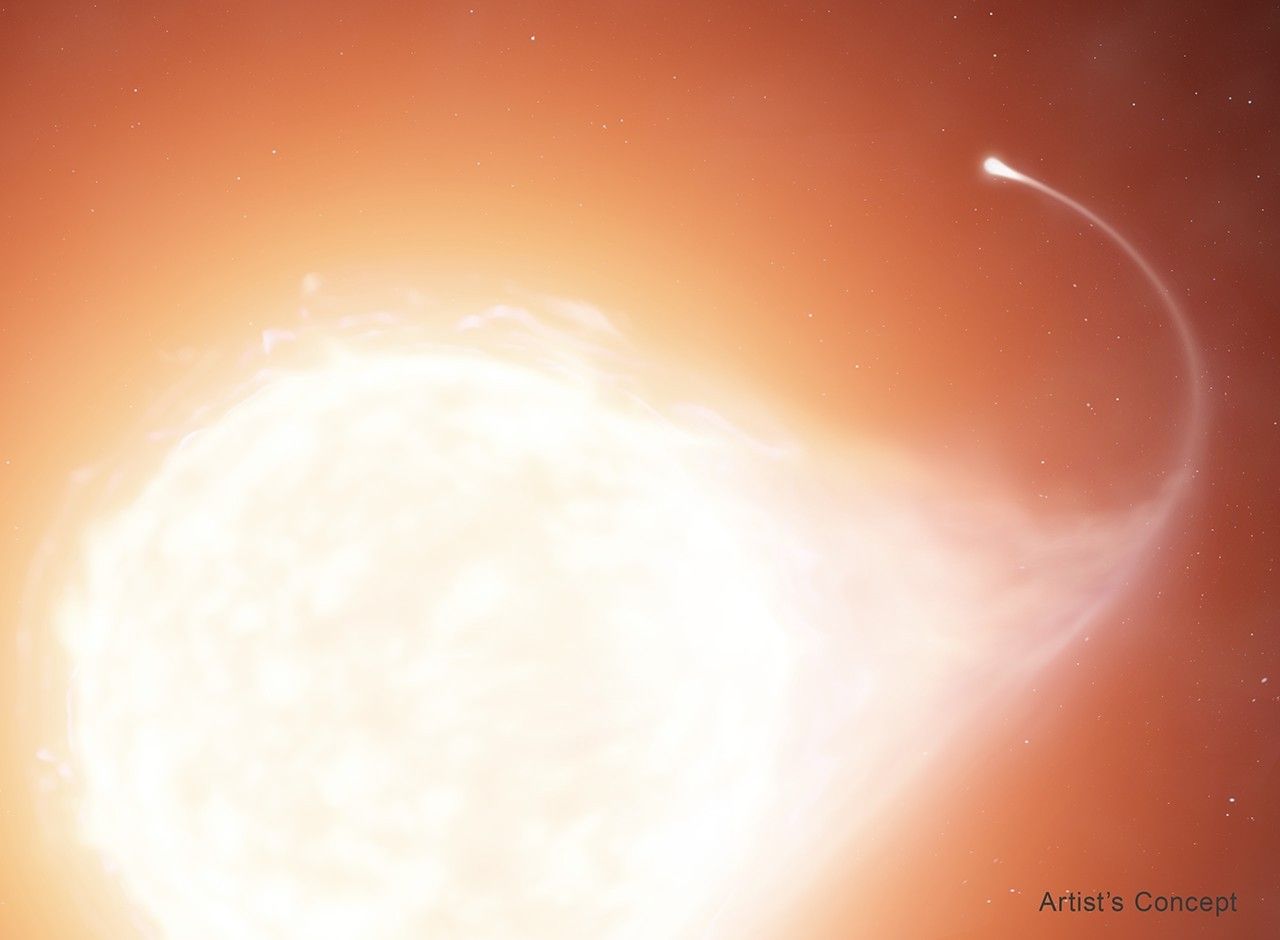Siegfried Janson
The Aerospace Corporation
NIAC 2016 Phase I Janson Brane Craft Final Report
Description
A ‘brane’ is a dynamical object that can propagate through spacetime. Flattening a spacecraft into a membrane, or 2-brane, can produce a low mass vehicle with ultra-high power-to-weight ratio (7.7 kW/kg using thin film solar cells). If most of this power is used by an array of thinned, distributed electrospray thrusters with a specific impulse of 4000 s, a Brane Craft could start in low Earth orbit, land on Phobos, and return to low Earth orbit. Other possible targets include any near-Earth asteroid and most main belt asteroids. Propellant is stored as a liquid within a 10-micron wide gap between two Kapton sheets that form the main structure of the Brane Craft. This project will study how to design an ultra-light dynamic membrane spacecraft, with 3-axis attitude determination and control plus navigation, that can significantly change both its shape and orbit. Conventional sensors like star trackers will have to be replaced by 2-dimensional alternatives. Estimated mass is about 35 grams for a 1 square meter Brane Craft. The target application is removal of orbital debris in low Earth orbit (LEO) through rendezvous, contact, conformal wrapping, and application of thrust. Sending conventional spacecraft, even 1-to-5 kg CubeSats, to each of the thousands of 10-cm or larger debris objects for active deorbiting becomes prohibitively expensive. With current CubeSat launch costs of ~$250,000 for a 3U CubeSat with ~kilometer/s delta-V propulsion and 3-axis attitude control, the U.S. would spend close to billion dollars in launch costs alone to remove 4 thousand debris objects. Brane Craft could significantly reduce that cost and enable removal of more objects.






























